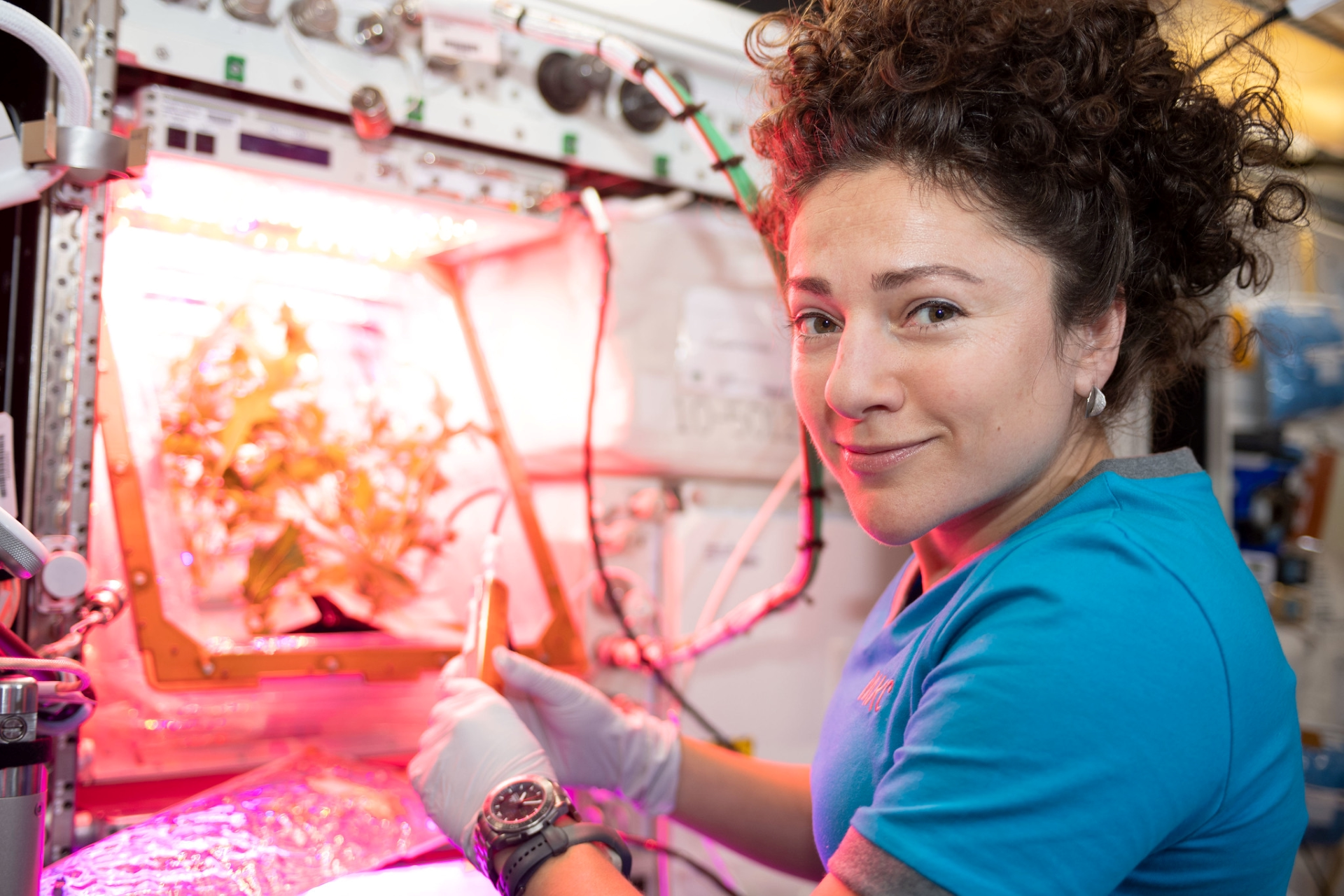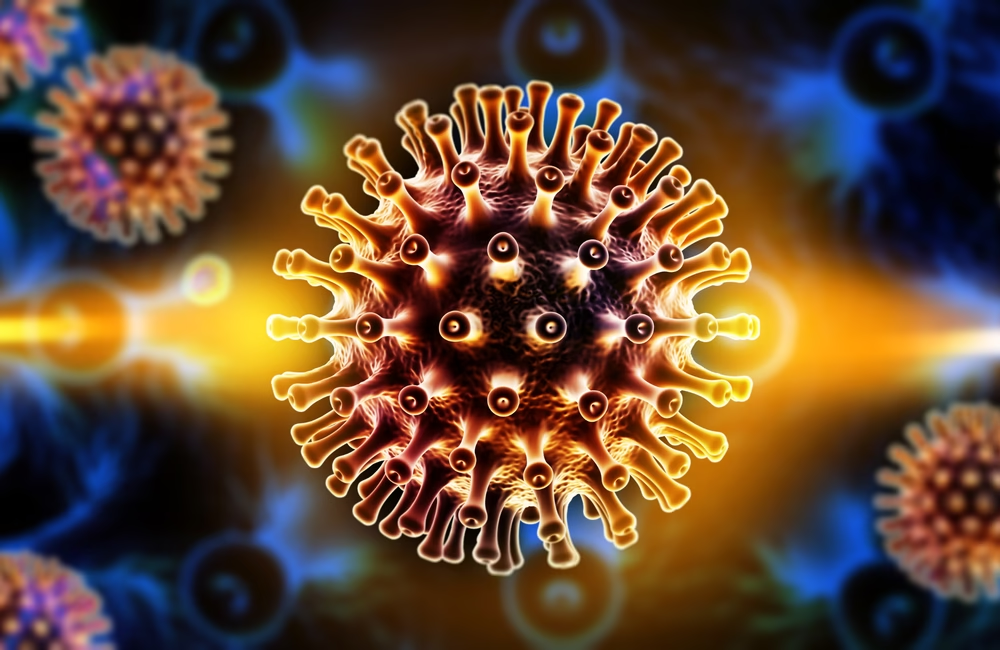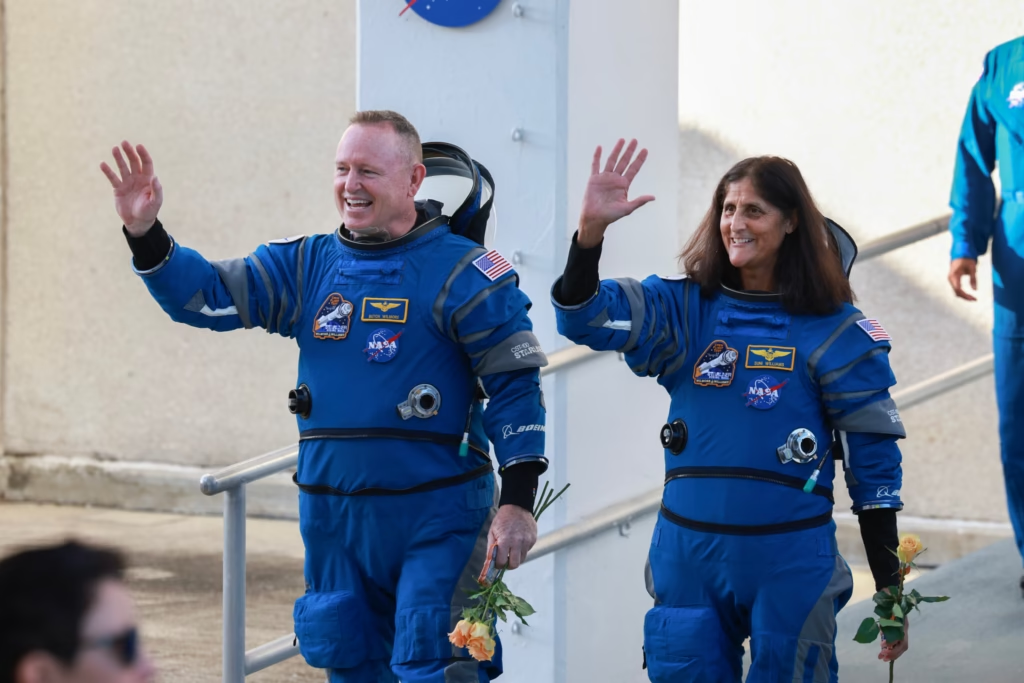Space exploration has always captured the imagination of humanity, but behind the awe-inspiring missions lies a harsh reality: space is not designed for human life. Recently, NASA astronauts Suni Williams and Butch Wilmore returned to Earth after an extended nine-month stay aboard the International Space Station (ISS), far longer than their originally planned 10-day mission. Their journey highlights the physical toll that long-duration space travel takes on the human body and underscores the challenges we must overcome to make space exploration safer.
A Mission Extended by Necessity
Williams and Wilmore were selected for Boeing’s Starliner’s first crewed test flight—a milestone in commercial spaceflight. However, technical issues with the spacecraft, including helium leaks and propulsion system malfunctions, forced NASA to delay their return. Instead of a brief stay, they became part of an elite group of astronauts who have spent over 200 days in space. While this extended mission provided valuable data, it also exposed them to significant health risks associated with prolonged exposure to microgravity and space radiation.
The Toll of Zero Gravity
One of the most immediate effects of living in space is the absence of gravity. On Earth, gravity constantly stimulates bone-building cells called osteoblasts, maintaining our bone density. In microgravity, however, bones lose about 1% of their density per month without countermeasures. Similarly, muscles weaken due to lack of use. To combat these effects, astronauts exercise rigorously for two hours each day using specialized equipment. Despite this, Williams and Wilmore are likely to experience noticeable bone density loss and muscle atrophy upon their return.
Dr. Afshin Beheshti, director of the Center for Space Biomedicine at the University of Pittsburgh, explains that space acts as an “accelerated model for aging.” This environment exacerbates conditions like cardiovascular risk, cognitive decline, and even genetic changes—all within months rather than decades. For example, astronauts often develop Spaceflight Associated Neuro-ocular Syndrome (SANS), where fluids shift toward the head, causing vision problems and structural changes in the brain. Former astronaut Scott Kelly famously had to wear glasses after his year-long mission due to these effects.
Radiation Risks Beyond Earth’s Atmosphere
Another major concern is radiation exposure. Without Earth’s protective ozone layer, astronauts face significantly higher levels of cosmic rays and solar flares. Each week in space exposes them to roughly a year’s worth of radiation experienced on Earth. This heightened exposure can damage cellular structures, impair mitochondrial function (the energy factories of our cells), and increase the risk of heart disease, cancer, and degenerative eye disorders.
Research conducted during missions has revealed fascinating insights into how the body responds to such stressors. For instance, a 2024 study found that astronauts’ telomeres—the protective caps at the ends of chromosomes—lengthened during spaceflight. While longer telomeres are typically associated with youthfulness, they also correlate with certain types of cancer. Additionally, genes involved in immune response and DNA repair become activated, suggesting the body works overtime to mitigate damage caused by radiation and microgravity.
Recovery on Earth
Upon landing, Williams and Wilmore will undergo a 45-day post-mission recovery program supervised by medical teams. During this period, they’ll work closely with trainers to regain strength and restore balance to their bodies. “When we get back, even to lift a pencil we will feel the weight,” Wilmore told CNN last month. This simple act encapsulates the profound readjustment astronauts face when reintroducing themselves to Earth’s gravity.
For context, Scott Kelly required months of rehabilitation to walk again after spending a year in space. Though Williams and Wilmore exercised daily aboard the ISS, the transition back to normalcy will still be challenging. According to NASA’s Lead Flight Surgeon Dr. Stevan Gilmore, most physiological systems recover within weeks—but individual differences play a role in determining how quickly astronauts bounce back.
Preparing for the Future of Space Exploration
As private companies like SpaceX push forward with plans for commercial spaceflights and potential Mars missions, understanding and mitigating these health risks becomes critical. Scientists are actively researching solutions, such as small molecules that could enhance resistance to radiation or inducing artificial hibernation states to reduce metabolic activity and protect against radiation damage.
The experiences of astronauts like Williams and Wilmore remind us that while humanity dreams of reaching new frontiers, our biology remains tethered to Earth. Yet, despite the challenges, these pioneers continue to embrace the unknown with grace and determination. As Williams poignantly noted before her return, “I think both of us will be a little bit sad when that feeling of space leaves us.”
Their mission may have ended, but their story serves as a powerful reminder of the resilience of the human spirit—and the incredible lengths we go to explore the cosmos.
By writing about these topics, I hope to inspire curiosity and appreciation for the sacrifices made by astronauts while shedding light on the scientific advancements needed to support future space endeavors. What do you think?
Discover more from Pasindu Lakshan Perera
Subscribe to get the latest posts sent to your email.




